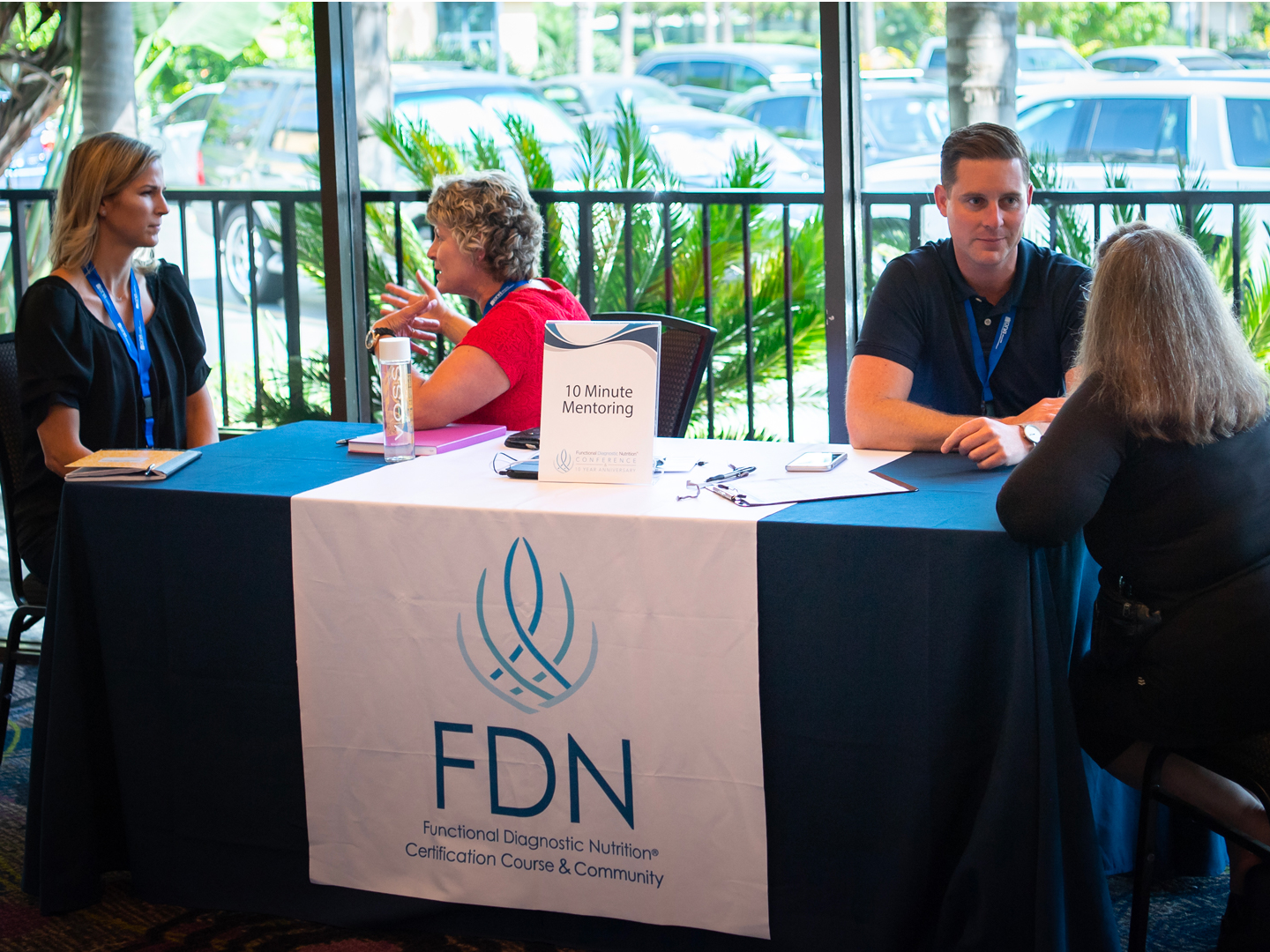Who is Roosevelt University?
Named after president Franklin Delano Roosevelt and first lady Eleanor Roosevelt, Roosevelt University of Chicago was founded on the principles of social equality, revolutionary in its day. It was one of the first US colleges to lift all restrictions on gender, race, national origin, and religion for both the faculty and the students. In November of 1945, Eleanor Roosevelt dedicated the college “to the enlightenment of the human spirit.” Today Roosevelt University employs 213 full-time faculty members and offers degree programs in arts and sciences, business, education, performing arts, and pharmacy to approximately 2,400 undergraduate and 1,900 graduate students from metropolitan Chicago and around the world.
How Roosevelt Uses Axero
Public Spaces: Every space on Roosevelt’s intranet is public. The content is visible to all, but only the members of the space can create content.
Private Spaces: Before launching a public space, the space owners have a chance to build and test it as a private space.
Broadcast Space: Roosevelt dedicates a space to university-wide announcements. Every employee is a member of the Broadcast Space, and therefore can create news items and events. The announcements are automatically posted and go into the Daily Digest email.
Document Management: Employees access forms and templates through the Axero document management system.
Search: Employees use keywords to find documents, people, and information.
Required Reading: The President of the University Senate uses the Required Reading feature to make sure the Senators come to the meetings well informed and ready to vote.
Buttons: Every page includes a button prompting the reader to “Report Incorrect or Missing Info.” Employees are encouraged to use it whenever they try to find something, but can’t. The report goes directly to the space owner plus the CIO and the Assistant VP of Web Development, both of whom oversee the efforts to keep the intranet up to date.
Wiki Pages: Space owners use wiki pages for knowledge management, making sure that, when an employee leaves the job, the knowledge doesn’t go away with the person. It could be something as simple as: “How do I fill out an expense report?”
During its proud 74-year history of liberalizing higher education, Roosevelt University of Chicago has pushed many boundaries. It’s no surprise that today the school continues to transform itself and enlighten the minds within and outside its storied walls. Interestingly, some of Roosevelt’s latest moves came from an unlikely source: its IT department.
In 2017, complaints about the way the university shared information among employees were trickling in at a steady pace. Like other universities, Roosevelt used its website to communicate with faculty and staff. The website, along with the rest of internal communications, was the responsibility of the Marketing unit, and every post required its blessing and its help. Not only did this create a lot of busywork for the marketing folks, but it turned into a headache for all users who had to wait in line to make a simple announcement.
The content reserved for internal audiences was in the password-protected area of the website. The only problem: Google couldn’t search behind the password. As the website grew, it became cumbersome to update and navigate. Security was lacking, and social features—non-existent.
The university also had a static site called the “intranet.” A single IT employee ran the site and manually updated every page. As a result, the intranet was permanently out of date, and no one bothered to look there. In 2016, IT tried to merge the contents of the intranet into the secured section of the website, but the problems persisted. Something as basic as updating an HR form remained an uphill battle.
Neeraj Kumar, Roosevelt’s Vice President of IT and CIO, knew the university could do much better:
“In a modern intranet, all of the content for your day-to-day operations is behind the firewall, so IT doesn’t need to worry about security breaches. Nor are internal communications in today’s world a one-way street. We wanted to make it easy for our faculty and staff to share content and give feedback. Eventually, we wanted to take it a step further and establish online team collaboration.”
It’s one thing to have a heroic past, and another to change the way your colleagues communicate. When it comes to office technology, many otherwise progressive minds turn rather conservative. If you want a little taste of challenging authority, try telling a university professor to change his routine!
Like all software geeks, Neeraj and his team are passionate about modernizing the way the university goes about its business. Last year, for example, Roosevelt launched a mobile app helping students stay on track in and outside the classroom. But after twenty-plus years in and around higher ed, the rose tint has worn off Neeraj’s reading glasses. As Chief Information Officer, he is nothing if not cautious and methodical.
Neeraj started his career at a market research firm. An ability to read his customers and focus on real needs is still his signature trait. In the case of the mobile app, his team collected detailed feedback from the students throughout the project. The result was a clean all-in-one tool for handling college life—from paying tuition to skipping the wait for the laundry machines—available on everyone’s favorite device. The data also came in handy when it was time to convince the skeptics and share the success.
The new employee communication platform would take a similar approach. Neeraj started with a very large task force to better understand the needs of his colleagues. He also hired a consultant to help point him in the right direction. A new intranet was not in the cards just yet. At first, they thought that a collaborative tool, like Dropbox, may solve the problem.
“As we were learning about pain points,” Neeraj recalls, “we recognized that, to remove the existing barriers to communication and collaboration, we had to replace the entire system.” Neeraj ran the idea by his advisory committee, “to make sure I wasn’t hearing things.”
With other key players on board, Neeraj and his Assistant VP of Web Development Aaron Rester set out to look for platforms for Roosevelt’s new intranet. They started with a very simple list of must-haves:
“We wanted our employees to create their own content, because we decided to move towards a decentralized web-content model. We wanted to give people the ownership of the intranet.”
Which meant ease of use would also be high on Neeraj’s list:
“We expected our colleagues and administrative staff to keep the new intranet up to date. We did not budget any additional staff, so we needed something that just works. A colleague in another institution uses SharePoint. He has two staff members working on it full-time. We knew going in that SharePoint was not a good fit.”
“Just works” narrowed down the field to a few platforms. Axero stood out from the competition because it was simple to use and yet flexible enough to do the job with room to grow:
“There were a couple of tools easier than Axero, but they didn’t offer a lot of flexibility. Axero, on the other hand, gave us enough flexibility without taking up too many resources. It was clearly the best fit.”
True to his method, Neeraj spent the next two months in conversations with those the new intranet intended to serve. More than fifty people watched the demo. Then the voices started pouring in. Predictably, Marketing was all over the idea, while HR raised their eyebrows at the social features.
Neeraj moved forward with the free trial of Axero:
“Watching a demo is different from going in and pushing the buttons. We were pretty sure this was the platform we wanted, but we wanted to give our people a chance to break it, first. We recruited a representative from every division in the university to conduct user testing, but it was mostly IT people who gave it an honest try. We got a few emails back. The feedback was positive in comparison to what we had. We followed up with a small survey to validate the emails and make sure people didn’t hate anything about the software. We were looking for red flags; and we found none.”
Neeraj is a C-level executive in charge of forty-five or so IT professionals and a $3 million budget. He clearly has the authority to bring in new technology and the bandwidth to make it work. On the flipside, Roosevelt’s large and sophisticated IT gets more than its fair share of projects.
Like the mobile app, the intranet became an IT project by default. Neeraj and Aaron quickly found themselves outside their comfort zones. The reason? Smart as it is, IT doesn’t own the content. Nor do the helpful folks at Axero own it. It was the job of the Intranet Ambassadors—remember those fifty people who watched the demo?—to create a vision for the new intranet.
It didn’t happen exactly as planned. While frustrated with the old system, the units were slow to take ownership of the new one. In hindsight, Neeraj and Aaron agree that Inside Roosevelt—the new intranet’s official brand—is more than a technology upgrade. It’s a shift in culture.
“Our culture is such that people are used to being spoon fed.”
Tasked with the whole thing, IT did its best to get the intranet up and running within a short time. Aaron created a process for setting up the spaces:
“We had to better define how we use Axero. It must be something people want to share with everyone. We made everything public. We had a lot of interest from all the units. People came to me and said: ‘My unit needs its own space.” But we also wanted to keep the number of spaces to a minimum. It helps us reduce administrative overhead. So, we had to be clear and transparent about who gets what.”
To foolproof his list of the highest-level spaces visible on the home page, Aaron ran it by the Executive Council. The execs threw in a few of their favorites. Broadcast Space, Faculty Success, Finance, General Counsel, HR, Marketing, Academic Affairs, and Technology made the final cut.
The possibility of launching a new space is always on the table, but the space owner must make a strong case for it. Do you know what you want to share? Is the information relevant to all employees? Can it go into one of the existing spaces? Do you have staff willing and ready to moderate and update the content? If you pass the screening, you may start out by creating a private space. The hands-on trial is where the rubber meets the road:
“They may realize this isn’t the best tool, or that they have no drive to follow through. Or they start building and create a viable space, and then we make it public.”
Spaces designed, the new intranet was ready for content. What parts of the old site should move to Axero? Once again, the Ambassadors were slow to respond. And, once again, IT came to the rescue. A hard-working IT employee created wiki pages and diligently copied and pasted everything from the old intranet onto the new.
“In retrospect, I would not have done it that way. She did a lot of work for the space owners who never got their feet wet and were not prepared to maintain their spaces. Some of the content was already out of date. Of course, she had no way of knowing that. She was in IT and had nothing to do with the content, yet she was marked in the system as the creator. This led to a lot of wheel-spinning and confusion, until we started farming the spaces out to the moderators.”
Looking back, Aaron sees it as a missed opportunity to hand over the intranet to the administrative units. Remember, the whole plan was to have them own their communication platform?
Things are gradually moving in that direction with IT still holding the reins. After they announced the launch, IT held training events and office hours. These were “not terribly well attended.” Aaron left the old site up for two weeks, while redirecting traffic to Axero. After two weeks, his team archived the old site, and that’s when the news finally hit home for a large portion of the faculty:
“Before the launch, we spoke with a couple of faculty Intranet Ambassadors. The feedback was positive, but this was a self-selected group of tech-savvy individuals. Now we were hearing from everyone in the opposite camp. The squeaky wheels. Those set in their ways. It wasn’t working for them. They liked the old system and saw no reason to change.”
Aaron and his staff ran a survey to find out how easy it was to use the new intranet. They met one-on-one with every user who reported a difficulty. What they found were not systemic problems, but one-offs, which they easily corrected by changing individual settings.
One complaint about the new intranet that surfaced again and again was outdated content. Hello! It was outdated before. This was proof that the new platform was working. More people found their way to the new intranet and woke up to the idea of keeping it up to date. All Aaron had to do was to help them embrace their inner critic. His team added a ribbon at the top of each page prompting the users to Report Incorrect or Missing Info. The reports go to the content owners with cc to both Aaron and Neeraj—in case the owner does not yet exist or is asleep at the wheel.
Neeraj is very happy with the outcome:
“It fosters a culture of accountability and content ownership. We also see increased comfort with the software.”
The Broadcast space, in particular, has solved the university’s long-standing struggle with public announcements. Today, every Roosevelt employee is a member of that space. Everybody can create and instantly post news and events. Not only that, but they can receive instant feedback, too. Thanks to the social features, employees are able to comment on broadcast items and ask questions.
“The biggest difference is the ease of use for content contributors, compared to the public website. People are creating blogs, wikis, and events without any training. Nobody took us up on the training we offered.”
What about all the crazy stuff people like to put on social media?
“We haven’t had any trouble. Everybody understands that this is a workplace.”
One year into the launch, it’s a huge success for the IT team:
“It’s phenomenal to have no push back from colleagues! Faculty always resists anything admin introduces. They take a long time to adopt anything new. But now they use it and speak about it publicly: ‘Why would you email if you can see it on the intranet?’ They make our case for us.”
The success came in part by design and in part through a lucky break. Shortly after the launch, the new intranet gained an influential early adopter and a vocal advocate: The President of the University Senate. The platform gives the Senate better visibility. It also helps the President set the agenda for monthly meetings and make sure everyone comes prepared.
Faculty make up the majority of the Senate. When it comes to the intranet, they are the group that needed the most convincing. Fortunately, the President never misses a chance to boost Axero and bring more users to the platform:
“The Senate had a page on the old site where they put their minutes. It hardly got any traffic. Now the President uses Axero all the time and talks highly about it. He loves it because he doesn’t need to rely on anybody. Axero automatically notifies the Senators when the agenda is posted. He can mark documents as must-read, so that everyone comes ready to vote. It makes his job easier. He is not super tech-savvy, but he has no problem using it. And it gives the rest of the University a window into what the Senate does.”
The new intranet made Aaron’s life easier too. He chairs several committees, and he finds himself taking less time and making a greater impact through Axero:
“I work with the web content advisory group and another group. I used to listen to what they have to say, and that was it. Now we have a space to keep the discussion going. If I come across a good article that talks about something we’re discussing at Roosevelt, I can share it with everyone on the committee. There are 80 members. Not all come to meetings. This is a great way to keep in touch and create a culture of understanding about best practices. I get feedback in real time, and I can make sure we’re all moving in the same direction. I find it personally pretty helpful.”
All-in-all, over the past year, the university has mastered the art of productive online conversation. Events, announcements, blogs, committee documents have all moved to the intranet. Inside Roosevelt is “well ingrained” in the everyday habits of its audience, from the most tech-savvy to the least:
“They know how to make announcements. It’s going smoothly. People are starting to realize they need to log onto Axero, not just read the daily digest email. That in itself is a culture shift.”
What’s next? The battle for making the intranet the most complete and authoritative source of all things work-related is on the upswing. Aaron meets with the units once a year “to remind people to update content.” He is also working to build accountability into the system:
“We’re still working on knowledge-management aspect. One reason people can’t find information is that it was never updated. We need to identify all the pages we created early on, and transfer ownership to the units. We’re making sure that, when something is reported missing or incorrect, the right people are getting notifications. It helps us build the culture of accountability.”
While he’s working with content owners and moderators, Aaron’s first duty is keeping his end-users happy.
“We’ve kept our ears to the ground. Most people know where to go when they have a problem. We reached out to people who were upset. We don’t want them to feel like they’re wasting their time. We make the intranet more productive for them. People appreciate the effort. Our ongoing process is to improve user experience and satisfaction based on their feedback and help them manage the change.”
Aaron’s teem has conducted one user survey three months after the launch. Another survey is in the works. They will be looking to see whether overall satisfaction has increased. Either way, there will be changes in response to the feedback.
In the meantime, Inside Roosevelt is bustling with activity.
“We know it’s successful because people are posting stuff every day. Right now, there are five different featured news items. From five different authors.”










